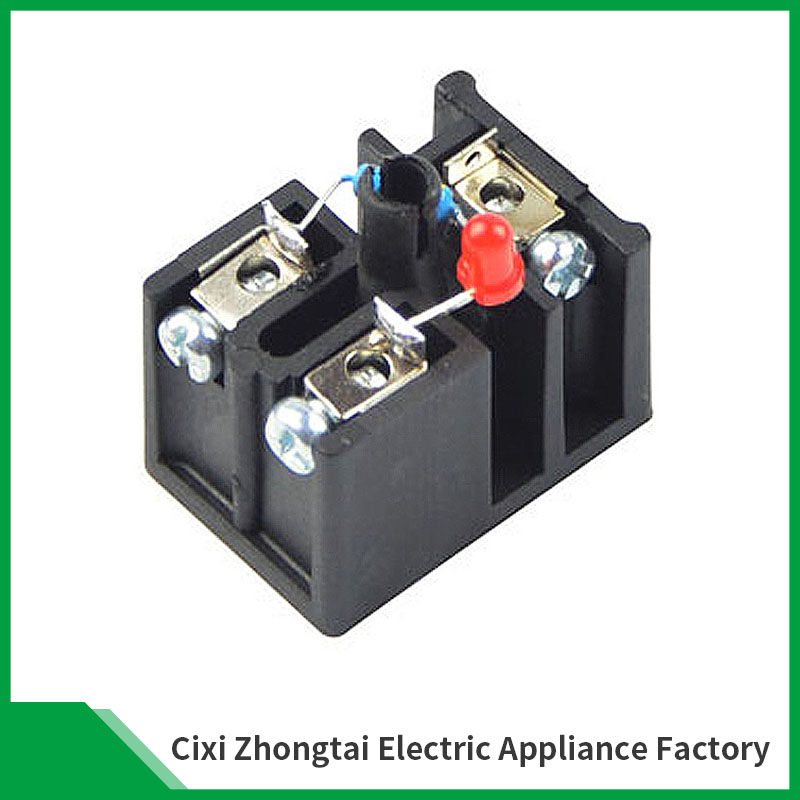
What is the classification and working principle of solenoid valve?
Solenoid valve is an industrial equipment controlled by electromagnetic, which is used to control the automatic basic components of fluid. It belongs to the actuator, not limited to hydraulic and pneumatic. Used in industrial control systems to adjust the direction, flow, speed, and other parameters of media. Solenoid valve can cooperate with different circuits to achieve the desired control, and the control accuracy and flexibility can be guaranteed. There are many kinds of solenoid valves, different solenoid valves play a role in different positions of the control system, the most commonly used is check valve, safety valve, direction control valve, speed regulating valve, etc. According to the working principle, the solenoid valve is divided into: direct acting, step by step direct acting, pilot type. Let's see how each of these work. Okay?
First, direct acting solenoid valve:
Principle: Normally closed type of power, electromagnetic force generated by the electromagnetic coil to open parts from the valve seat lifted, the valve open; Power off, the electromagnetic force disappears, the spring to open parts on the valve seat, the valve is open. (Normally open type is the opposite)
Features: In vacuum, negative pressure, zero pressure can work normally, but the diameter is generally not more than 25mm.
Two, step by step direct acting solenoid valve:
Principle: It is a combination of direct action and pilot principle, when there is no pressure difference between the inlet and outlet, energized, the electromagnetic force directly to the pilot small valve and the main valve closing parts in turn up, the valve open. When the inlet and outlet reach the starting pressure difference, energized, the electromagnetic force pilot small valve, the main valve chamber pressure rises, the upper chamber pressure drops, so as to use the pressure difference to push the main valve upward; When the power is off, the pilot valve uses spring force or medium pressure to push the closing parts, moving down, so that the valve is closed
Features: In zero pressure difference or vacuum, high pressure can also be operated, but the power is large, must be installed horizontally.
Three, indirect pilot type solenoid valve:
Principle: When energized, the electromagnetic force to open the pilot hole, the chamber pressure drops rapidly, forming a low and high pressure difference around the open parts, fluid pressure to push open parts to move up, open the valve; When the power is off, the spring force to open the pilot hole, the entrance pressure through the bypass hole quickly chamber to close the valve parts around the formation of low and high pressure, fluid pressure to push the open parts to move down, open the valve.
Features: Small size, low power, high upper limit of fluid pressure range, can be installed arbitrarily (to be customized) but must meet the conditions of fluid pressure difference.
Solenoid valve has a closed chamber, open a through hole in different positions, each hole is connected to different tubing, the middle of the chamber is a piston, two sides are two electromagnets, which side of the magnet coil energized valve body will be attracted to which side, by controlling the movement of the valve body to open or close different oil holes, and the oil inlet hole is often open, hydraulic oil will enter a different oil discharge pipe, Then the pressure of the oil pushes the piston of the cylinder, which in turn drives the piston rod, which drives the mechanism. In this way the mechanical motion is controlled by controlling the current break of the electromagnet.